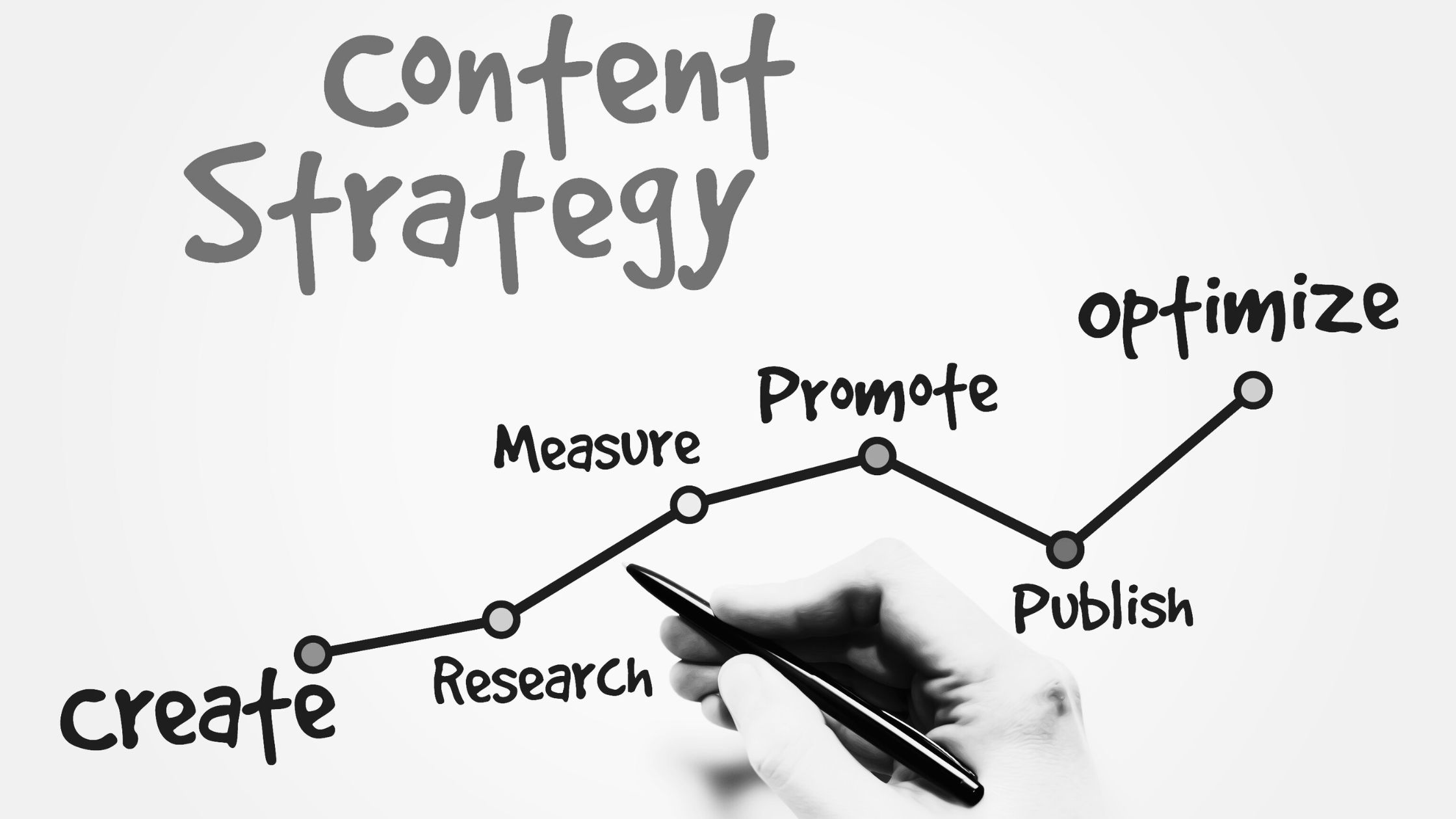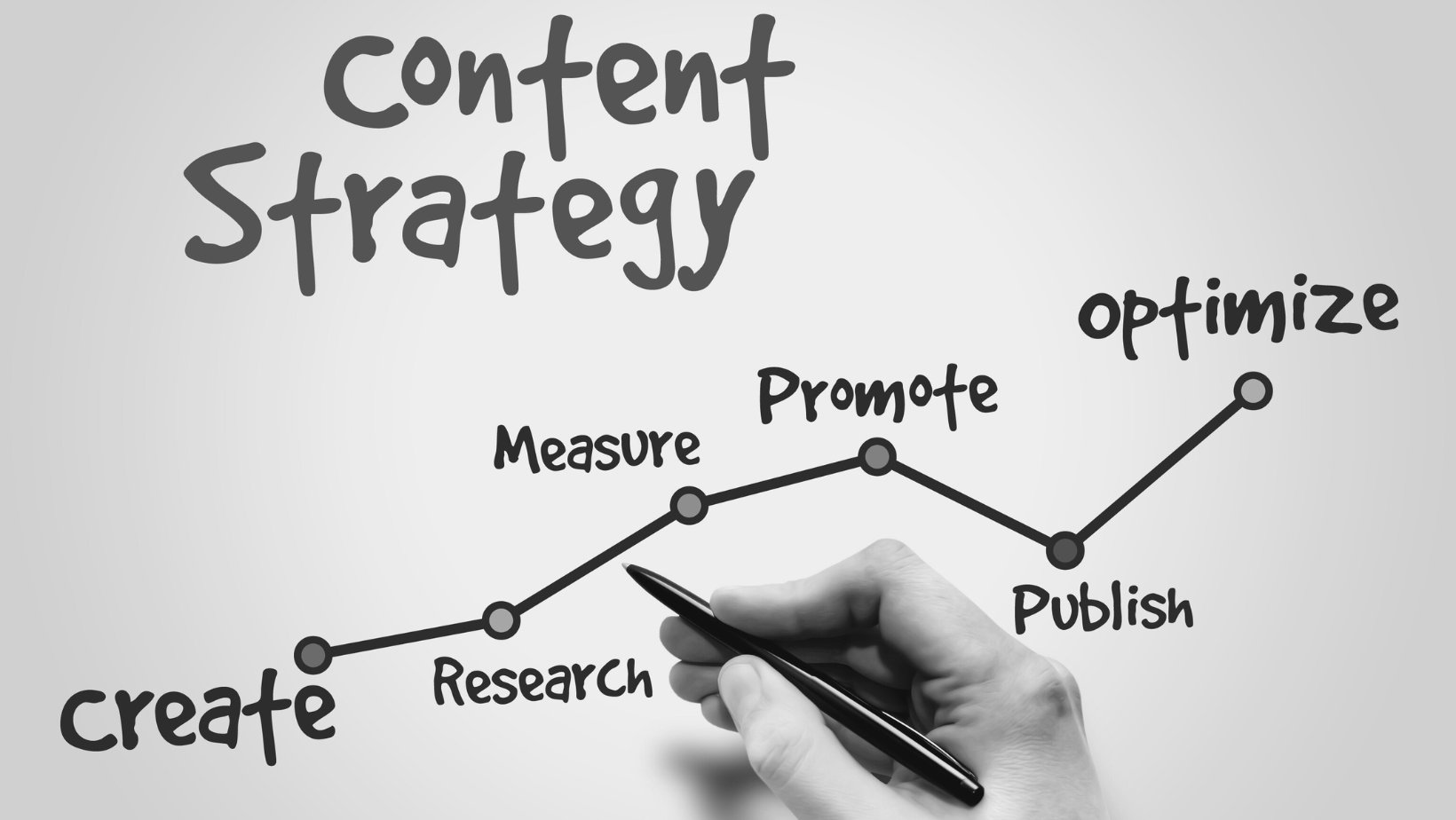You want to rank high for keywords that matter. Welcome to the club. Everyone who owns a website hopes they can rank for high-traffic, high-converting keywords. They want to sell products, get signups or leads at a low organic cost.
Wanting this is one thing. Realizing this dream is an entirely different thing.
So what do we do?
FOCUS IN ON THE RIGHT KEYWORDS TO COMPETE FOR
Your best bet is to focus on keywords already present on your site but may not living up to your expectations.
First, know what your target keyword is. People want to compete for high-value keywords but they aren’t always a right fit for the site. Let’s use a scenario of someone who sells vacuum cleaners. You instinctively want to rank for “best pet vacuum cleaner.” You will need to do two things first before you proceed:
You want to be sure that it makes sense for your business. Assuming you have a vacuum that is great at picking up pet hair and odor, then that makes a lot of sense.
Make sure you have a claim to the best pet vacuum. Of course, things like “best” are subjective, but do you have great features that make it good for pets? Do you have reviews from satisfied customers who own pets? If you want to make claims like “best” “fastest” or “cheapest” you have to be able to qualify that on your site in some way. Otherwise, it’s false advertising.
Let’s assume for a second you want to rank for more high-volume keywords but aren’t sure which ones to target. The easiest thing to do is to use a program like Ahrefs or SEMRush.
SEMRush, in particular, has a good feature called “keyword gap analysis.” here’s how it works:
You go to SEMRush, enter your website, and then compare it with a top competitor. In this case, it might be Bissel or Amazon.
From there, SEMRush will let you know where you have overlapping keywords. It will also tell you where they have keywords that you have not optimized for.
If you aren’t interested in doing a keyword gap analysis you can always look up a domain in Ahrefs or SEMRush. There you can see the keywords that a site ranks for. What has the most traffic potential and what has the most traffic for your competitor? That’s a great place to start.
YOU FOUND YOUR TARGET KEYWORD. NOW WHAT?
Good job on the first step. You’ve zeroed in on something that makes sense for you and your business. The next step is to evaluate what to do about it.
Go into Google Search Console, and you can filter by query in the “Search Results” tab. There you are going to be able to see whether you already have any traffic or impressions from that keyword. Why are you doing this? Well, even though you don’t rank highly for it, it’s important. If you rank for it at all, then that’s a good place to start, and you can zero in on the page it’s present on. If not, then you have a blank slate.
Let’s assume there is some page on the site that you already rank for “Best pet vacuum cleaners.” Let’s go ahead and assume it’s a very low ranking with little impressions and little traffic. If that’s the case, then your next step is to see what page that ranking shows up on. This is helpful because you'll know whether you should work on improving that page or start a whole new page. More on that in a few minutes.
If you have no record of that keyword in the Google search console, now we can start from scratch. You should see if there are any pages that bring in a good deal of search traffic. We’re going to want to see if it makes sense to try and build out that page to rank for “Best Pet Vacuum Cleaner.”
YOU RANK ON AN EXISTING PAGE. WHAT NOW?
So you going to look at that page. Let’s say it’s this page: bradsvacuums.com/bissel410. That’s a vacuum cleaner with a pet-hair removal function.
First, evaluate if this page makes sense to rank highly for that query. Just because there’s some traction already doesn’t mean it’s the right decision to turn the focus of that page to pets. Maybe that vacuum already gets a lot of traffic for dirt and crumbs. Changing the focus of that page to put an emphasis on pets could hurt the rankings of other keywords.
Assuming you have room to grow on that page, emphasizing pets is a smart move. From there it’s about updating the content on that page. How do we do that? By reimagining the page as dedicated to pets, Let’s start from the top and work our way down.
Page Title. It might make sense to update your page title with the keyword you are looking to target. Always remember that your title is one of the most important elements on the page. So, making sure it reflects your target keyword is ideal.
Sub-headings. Use subheadings to work in your primary keyword but also in any related keywords. If you notice that “best pet vacuum cleaner” is tied with “vacuum for pet hair,” then add in those keywords as well.
Subheadings are everything from the H2, H3, and H4 tags. Depending on the layout of your page, you may have a lot of information on the page structured in headings. Make sure to use them.
Body. The main content is more important than anything. This is where you can get primary and secondary keywords. A word of caution: you need to make each keyword matter for the page. Writing the word “best pet vacuum cleaner” on the page isn’t enough. Anyone can do that. It won’t make your page any better.
Think about how to incorporate it into the body of the page itself. Is your vacuum is great and you want to highlight its value to a pet owner? Have a bullet list of what it can pick up. Lay out the pets that it’s good for. Explain why the vacuum is so good at picking up pet dirt and debris. The more detail you can give about the vacuum the better off we’ll be.
You have to make it count.
There are some other places where you can consider adding the focus keyword.
Meta Description. This tells Google what the page is about. So feel free to include that.
Image Alt Text. You can add the focus keyword in there.
A good rule of thumb: if it feels like you're trying too hard to get those keywords in then you are. That will come across in the text.
YOU NEED TO CREATE A PAGE FROM SCRATCH
So, let’s say you find the keyword you want to own. You look at your Google Search Console, and realize that you don’t have a page on your website that makes sense. Some of them get good traffic for a completely different keyword. Others don’t match the style and intent. So what do you do?
You have to start from scratch. The curse is you don’t have an existing page to latch onto. The blessing is that you have a blank canvas to optimize the page. The first thing to do is look at the search engine results page and figure out what is there already.
Of course, you are making note of the publishers or companies that have space there. What you are looking for is the pages themselves. You want to click into the results that sit in those first 5-10 positions and make a series of evaluations.
What is the page? Is it an informational page on what a pet vacuum cleaner is? Is it a product page? Is it a listicle that has all the best pet vacuums on the market?
Pay attention to these results and be sure that you can create a page that is similar in tone and style. You don’t want to copycat, but you don’t want to try and make something that doesn’t fit. If every result is a listicle, it may be difficult for your single product page to do well. Not that you can’t try, but you should go into it aware of what you are up against.
How comprehensive is it? Some pages rank at the top with a couple hundred words. Others, especially in academic or medical, will have thousands of words.
Don’t get too tied to word count. We don’t believe that it’s a factor all by itself. Just because your page has 5000 more words than mine doesn’t mean that you will outrank me. It comes down to content and intent. Still, understand the level of information people give about that product.
Amazon product listings have thousands of words on their page. You should understand how much information you might want to have on yours.
Look for special elements on the page. Do they have videos? Infographics? Customer testimonials? What do they have that you can bring over to your page experience?
What you’re doing here is getting everything together. You’re assessing what it’s going to take in order to get a page you want to create to rank. Understand it’ll take more than a beautiful and thoughtful page to rank. However, this is going to tell you what is generally resonating with the audience.
REMEMBER THIS WHEN CREATING A PAGE
Don’t add things for the sake of adding them. That page should be valuable to the user and not filled with add-ons because you think it’ll matter.
Make it useful. Quality pages are helpful from top to bottom. Know what the intent of the page is and deliver that to its fullest. If you can do that, then everything else should work out for you.
NOW YOU’VE GOT YOUR TARGET PAGE - LINK, LINK, LINK
Perfect. You’ve either updated your existing page, or you’ve created a brand new one from scratch. Now, we want to make that page accessible. Many people will create a beautiful page or update an existing one. They sit back and wait for the magic to happen.
Let’s make sure you link. It’s important to link to your page. The more your page is signaled to Google and the more the user sees it, the better off you’ll be. Think of it this way: you want Google to think your page is special, right? You want Google to know how much you love your page and think it provides value to the reader. If that’s the case and you can’t find your page anywhere, how special do you think Google should think it is? You can’t claim to be the most popular kid at your school if you don’t talk to anyone.
Link everywhere. Here are some basic tips for linking that new or existing page.
Add it to the navigation. This isn’t a must especially if you have a site with a pretty organized site structure. If this page foundational then giving it prime placement will increase its visability.
Add it to the homepage. There are ways to do this other than through the navigation. You can put this as a link anywhere on the homepage it makes sense. You can add it to the footer of the homepage. The homepage is a very important part of Google’s crawling so you want to make sure it’s added there.
Highly related pages. Of course, you can put this link anywhere you want but it works best if you put it inside of closely related pages. For instance, if this is a product page make sure it’s on the relevant category page. I
If this is an information page then make sure that you put it inside the product page of the product itself.
If there are other pages that deal with aspects that you cover on this page then adding it there makes sense as well.
Add it to any and all pages. If it is an important part of your business strategy then have it available everywhere. The more places it exists, the more places it gets seen. The more places it gets seen, the easier it’s going to be for the people to find it.
Any partner pages. This is much easier said than done. There’s a whole world out there on backlinks. For now, take the advice that if you have any levers to pull there, then you should do so. If you know a company that is willing to add your link to their site, then it’s a good time to call in that favor. One backlink likely won’t change anything but it won’t hurt anything either. The more external sites of value link to your content the better off you’ll be.
Finally, you have to give it time. Competitive search keywords weren’t conquered in a day. You need to be patient and give things time so Google can crawl it and figure out what to do. If you expect results in a few days, you’ll be disappointed.
We can help you rank for those competitive keywords. Email at michael@loupeandblade.com. We’d love to have a free consultation with you and see what options might be best for your business.









